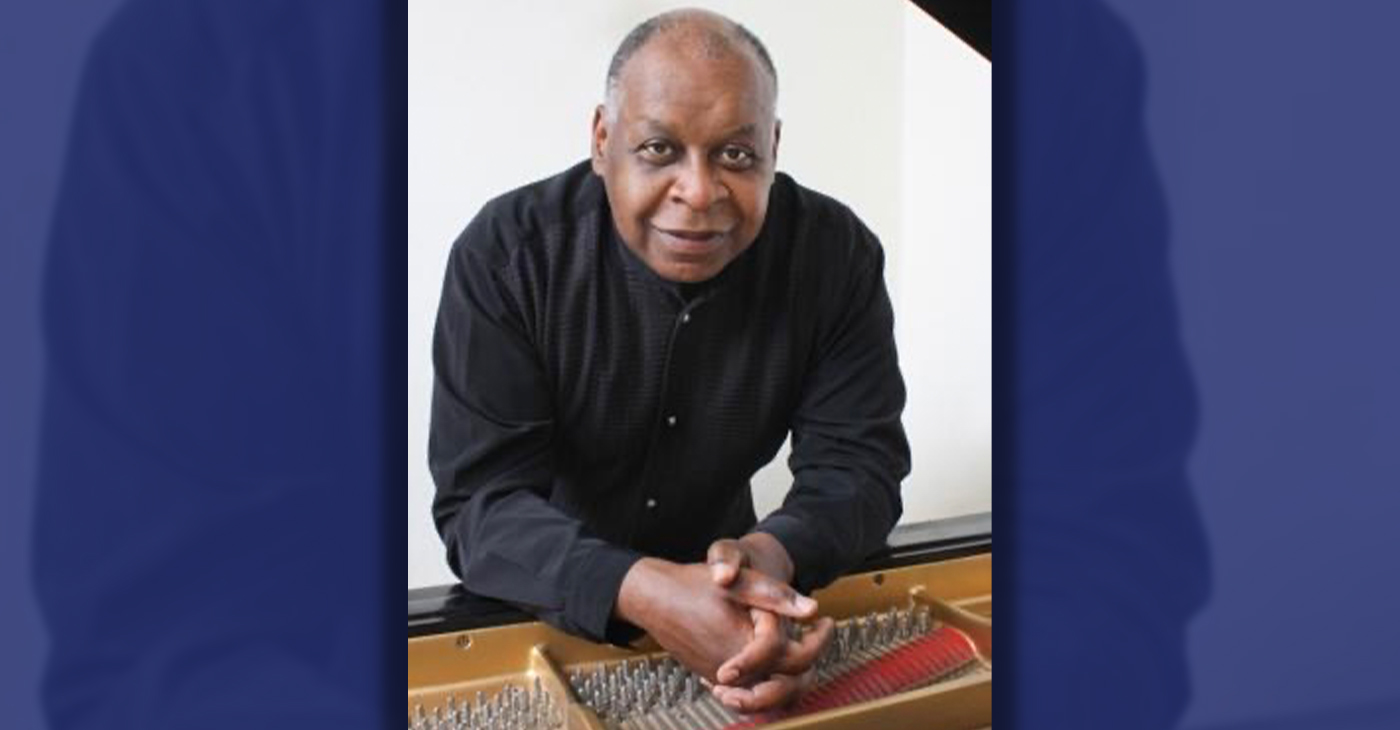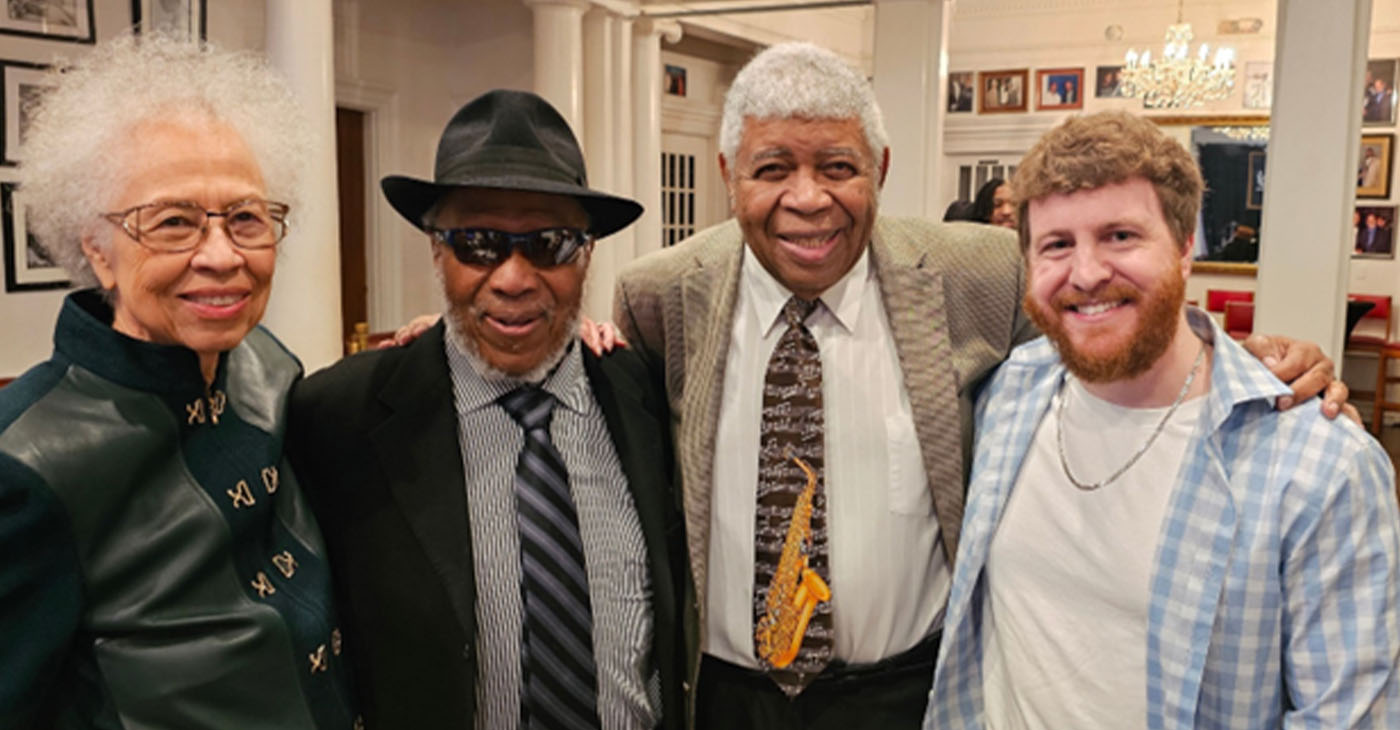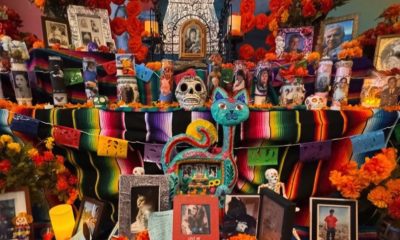Arts and Culture
Afro Ecuadorians Are Making Headlines
[cincopa A8FA2SbZwPeG]
Quito, Ecuador – Ecuador, a small country mostly known for the Galapagos Islands on the Pacific coast of South America, has never been on the radar for most Americans – at least until it defied the U.S. by allowing WikiLeaks editor Julian Assange to take refuge in the country’s London Embassy.
Even less well known in the U.S. is that the country is the home of a vibrant culture of Afro Ecuadorians, who make up as much as 10 percent of the population and whose soccer stars have captured global headlines.
One of the centers of Afro Ecuadorian culture lies in the Chota River Valley in the Andean highlands several hours by bus north of Quito near the border with Colombia. Here in farming villages along the river, including Juncal, a community of 1,800 inhabitants, many of Ecuador’s best soccer players grow up practicing on dusty fields.
Juncal and the Chota Valley have entered Ecuador’s consciousness as the birthplace of one of the country’s most famous soccer stars, Augustín Delgado, nicknamed Tín. Delgado, now retired, is the all-time top scorer for the Ecuadorian national team. He played professionally in Ecuador, Mexico and England.
Other well known athletes include Ulises de la Cruz, Edison Mendez, Kléver Chalá and Geovanny Espinoza.
On a recent trip to Chota, two Post reporters were given a tour of the town by Pedro Manuel Julio, a spokesman for Juncal and a few of the neighboring villages; Patricio Borja, who plays drums at local festivities; and Segundo Mosquera, who heads the Intercultural Community Center, which promotes Afro Ecuadorian culture and history as well as that of other countries of the African diaspora, particularly the United States.
The tour took the reporters past young men who were practicing soccer on the field near the Chota River at the edge of town. Many of Juncal’s residents were watching young women play volleyball in the center of town, knocking the ball over a net stretched across the main street.
Pedro Manuel Julio explained that most of the people are involved in agriculture, though nowadays many of the young men more interested in playing soccer. The town grows and sells tomatoes, strawberries, onions, green peppers, beans and other produce for the nearby market in the city of Ibarra.
The town has a health center, built with funds donated by soccer star Augustín Delgado.
In the cultural center, Patricio Borja, playing a drum, and Narcisa de Jesús demonstrated the Bomba del Chota, a well-known dance form in which the dancer often balances a bottle on her head.
With music that is rooted in Africa, the dance uses drums and improvisation to build relationships between the dancer and lead drummer. This music and dance is said to also have prominent Spanish, mestizo and indigenous influences in the melodies. Among the instruments that are important in the Bomba are a leaf of a tree that is used to make a special sound and gourds.
The cultural center featured large displays of Afro Ecuadorian history, as well as the Civil Rights struggle in the U.S., especially Rosa Parks and Martin Luther King Jr. A display of African American music highlighted jazz, blues, gospel and hip-hop.
One of the key problems in the town is the lack of a source of clean water. The water that the town uses comes the Chota River, which is not adequate. The town leaders are working with the government to bring water to Juncal.
Government support for irrigating the area is especially important in this valley, which has a hot climate and desert landscapes that contrast with the rest of province.
Most Afro-Ecuadorians are the descendants of slaves or escaped slaves, who originally arrived in Ecuador in the early 16th century. In 1533, the first African slaves reached Ecuador in Quito when a slave ship heading to Peru was stranded off the Ecuadorian coast.
The slaves escaped and established settlements in Esmeraldas, which became a safe haven. Eventually, they started moving from their traditional homeland and settled in Chota and other areas.
Arts and Culture
Kedrick Armstrong: New Music Director for the Oakland Symphony
The Oakland Symphony Announced Kedrick Armstrong as its Next Music Director. In addition to conducting the orchestra’s public concerts, Armstrong will also actively participate in the Oakland Symphony’s many education and community engagement programs, designed to inspire a love of music in people of all ages.

By Post Staff
The Oakland Symphony Announced Kedrick Armstrong as its Next Music Director.
In addition to conducting the orchestra’s public concerts, Armstrong will also actively participate in the Oakland Symphony’s many education and community engagement programs, designed to inspire a love of music in people of all ages.
Armstrong is the successor to previous music director and Conductor Michael Morgan, who passed away in 2021 after a 30-year tenure at the Symphony.
Armstrong will open the Oakland Symphony 2024-2025 season on October 18.
Armstrong, who is 29 and hails from Georgetown, South Carolina, is currently the creative partner and principal conductor of the Knox-Galesburg Symphony.
The Chicago Tribune has praised Armstrong for his ability to “simply let the score speak for itself.” He enjoys a wide range of repertoire, spanning early music to premiering new works, using his joy and curiosity for all music to cultivate understanding and collaboration within diverse communities.
“I am deeply honored and grateful for the opportunity to serve as the new music director of the Oakland Symphony,” Armstrong said. “As a Black conductor, I find it humbling to stand on the shoulders of both Michael Morgan and Calvin Simmons,” the most recent and the first African American music directors of the Symphony, respectively.
Armstrong led three programs at the Symphony between 2022 and early 2024, which showcased his broad knowledge of the classical repertoire and enthusiasm for spotlighting diverse voices.
On his Oakland Symphony subscription debut on Feb. 16, Armstrong led the world premiere of “Here I Stand: Paul Robeson,” an oratorio by Carlos Simon on a libretto by Dan Harder, commissioned by the Oakland Symphony.
Armstrong was selected unanimously by the Oakland Symphony’s board of directors and musicians after an extensive two-year search. “The search committee was overwhelmed by Kedrick’s scholarship and curiosity about all kinds of music, from classical and jazz to gospel and hip-hop,” said. Dr. Mieko Hatano, executive director of the Oakland Symphony. “We are thrilled to have him join us at the Oakland Symphony.”
Arts and Culture
Faces Around the Bay Dr. Carl Blake, Pianist
Born in Liberty, Missouri, Carl Blake, a virtuoso and respected pianist, made his most recent migration to the East Bay in 1999. One might have seen him performing recently at Noontime Concerts in San Francisco, or at the Piedmont Center for the Arts in Oakland. He is Director of Music at The Church for the Fellowship of All Peoples in San Francisco. He was also co-organizer and collaborative pianist at Herbst Theater for The Majesty of the Spirituals concert in 2022 and has held several church positions in the Bay Area.

By Barbara Fluhrer
Born in Liberty, Missouri, Carl Blake, a virtuoso and respected pianist, made his most recent migration to the East Bay in 1999.
One might have seen him performing recently at Noontime Concerts in San Francisco, or at the Piedmont Center for the Arts in Oakland. He is Director of Music at The Church for the Fellowship of All Peoples in San Francisco. He was also co-organizer and collaborative pianist at Herbst Theater for The Majesty of the Spirituals concert in 2022 and has held several church positions in the Bay Area.
Blake obtained a Bachelor of Music from Boston University and continued post-baccalaureate studies in Jamaica before earning a Master of Arts in Music at San Jose State University. He was the recipient of two Fulbright residencies in Honduras and completed a third residency at the University of St. Petersburg in Russia. He has a Doctor of Musical Arts from Cornell University.
At age 19, Blake, then an undergraduate piano major at Boston University, was “discovered” by Impresario Dr. W. Hazaiah Williams, who is the Founder and Director of Today’s Artists/Four Seasons Arts.
Williams honored Blake by awarding him the first Marian Anderson Young Artist Award. Anderson personally presented the award at the Masonic Auditorium in S.F. Subsequently, Blake was presented by Dr. Williams in his San Francisco debut at The Herbst Theatre. Williams subsidized a year of study abroad for Blake at the Paris Conservatory of Music. Additionally, Williams sponsored Blake’s New York Weill Hall debut, where he has performed twice since. Blake performed several times at the Yachats Music Festival in Oregon.
Blake continues to perform nationally and abroad. His hobbies are reading, baking and travel. He says, “I’m still pumping ivories, as Belgian pianist Jeanne Stark described the disciplined practice of concert piano.”
Arts and Culture
Oakland Jazz Great Offers Master Class as City Declares “John Handy Day”
World-renowned jazz master saxophonist John Handy, a McClymond’s High School graduate, was presented with a Mayor of Oakland Proclamation declaring Feb. 12, as John Handy Day in the city. Handy is most notably known as the featured saxophonist for Charles Mingus on “Goodbye Pork Pie Hat” from the album “Mingus Ah Um” (1959) and on “Hard Work” from his own album “Hard Work” (1976).

By Conway Jones
World-renowned jazz master saxophonist John Handy, a McClymond’s High School graduate, was presented with a Mayor of Oakland Proclamation declaring Feb. 12, as John Handy Day in the city.
Handy is most notably known as the featured saxophonist for Charles Mingus on “Goodbye Pork Pie Hat” from the album “Mingus Ah Um” (1959) and on “Hard Work” from his own album “Hard Work” (1976).
“John Handy is a jazz icon and an inspiration to musicians everywhere,” said Ayo Brame, a 16-year-old Oakland tenor saxophone player who is enrolled at the Oakland School for the Arts.
In celebration of this day, the reception in downtown Oakland at Geoffrey’s Inner Circle was a gathering of artists, young and old, coming together in his honor and celebrating his 91st birthday.
Handy presented a Saxophone Colossus free masterclass for musicians. This class afforded a rare opportunity to learn about the saxophone from an aficionado. The class was free and open to all – saxophonists, vocalists, aficionados, students, and casual listeners.
“As a longtime friend for over 60 years, and fellow musician who has had numerous opportunities to share the stage with John, it has always been a pleasure performing with him and hearing his creative interpretations of the music and his gift of ease inspiring the next generation of jazz musicians,” said Roger Glenn, a multi-instrumentalist.
-

 Activism4 weeks ago
Activism4 weeks agoOakland Post: Week of March 27 – April 2, 2024
-

 #NNPA BlackPress4 weeks ago
#NNPA BlackPress4 weeks agoCOMMENTARY: D.C. Crime Bill Fails to Address Root Causes of Violence and Incarceration
-

 #NNPA BlackPress4 weeks ago
#NNPA BlackPress4 weeks agoFrom Raids to Revelations: The Dark Turn in Sean ‘Diddy’ Combs’ Saga
-

 #NNPA BlackPress4 weeks ago
#NNPA BlackPress4 weeks agoCOMMENTARY: Lady Day and The Lights!
-

 #NNPA BlackPress4 weeks ago
#NNPA BlackPress4 weeks agoMayor, City Council President React to May 31 Closing of Birmingham-Southern College
-

 #NNPA BlackPress4 weeks ago
#NNPA BlackPress4 weeks agoBaltimore Key Bridge Catastrophe: A City’s Heartbreak and a Nation’s Alarm
-

 #NNPA BlackPress4 weeks ago
#NNPA BlackPress4 weeks agoBaltimore’s Key Bridge Struck by Ship, Collapses into Water
-

 #NNPA BlackPress4 weeks ago
#NNPA BlackPress4 weeks agoBeloved Actor and Activist Louis Cameron Gossett Jr. Dies at 87

















































